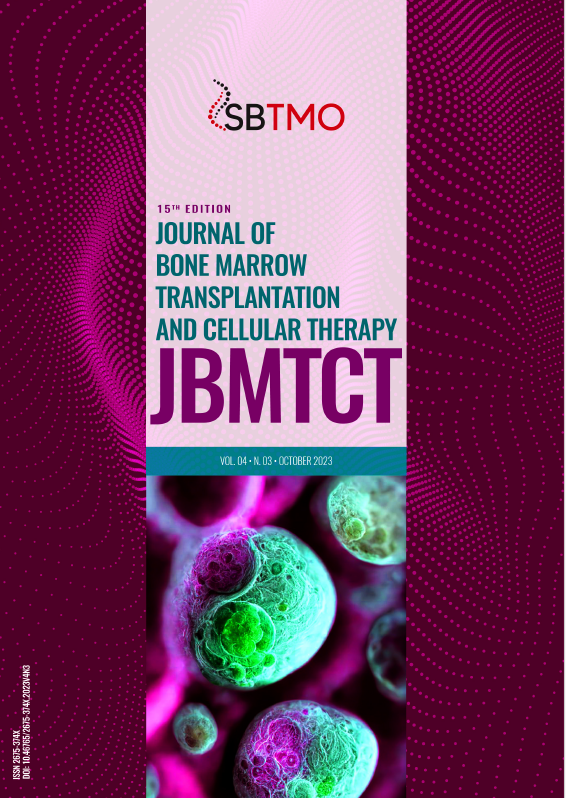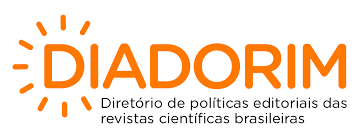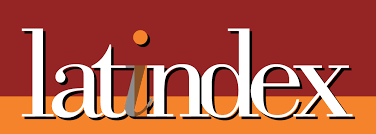PLERIXAFOR FOR HEALTHY PERIPHERAL BLOOD HEMATOPOIETIC STEM CELL DONORS IN PEDIATRIC ALLOGENEIC HSCT.
DOI:
https://doi.org/10.46765/2675-374X.2023v4n3p201Keywords:
plerixafor, pediatrics, allogeneic HSCTAbstract
Data on use of plerixafor for peripheral blood stem cell(PBSC) mobilization in children with cancer undergoing autologous hematopoietic stem cell transplantation(HSCT) is there in literature. The use of plerixafor for normal healthy allogeneic donors is not reported much, especially in the pediatric setting. In this retrospective analysis from a single tertiary care centre in India, we report the efficacy and safety of the use of plerixafor in five healthy allogeneic PB-HSC donors and compare the outcomes with five others allogeneic HSCT’s in which plerixafor was not used. Ten allogeneic HSCT were included in the analysis, 5 in which the donor received plerixafor and in the other five the donor did not get it. In all the HSCT, PB HSC were the product.
No significant difference in terms of recipients age and weight; donors age and weight and the CD- 34 count in PB before plerixafor were there between the two groups. However, the CD-34 HSC count in the harvested product was significantly higher in the group that received plerixafor (p=0.032). The stem cell dose transfused to the patient was also higher when the donor got plerixafor, although the difference was not significant. None of the donors suffered any side effects and underwent the subsequent apheresis uneventfully.
The use of plerixafor in healthy stem cell donors (both pediatric and adult) for allogeneic stem cell transplant allowed a better yield of stem cells. In our experience the use of plerixafor was safe for the donors.
Downloads
Published
How to Cite
Issue
Section
License
Copyright (c) 2023 JOURNAL OF BONE MARROW TRANSPLANTATION AND CELLULAR THERAPY

This work is licensed under a Creative Commons Attribution-NonCommercial-ShareAlike 4.0 International License.









